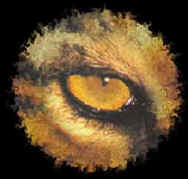 NATURE
NATURE

Scientists studying India's wildlife have learned to expect the unexpected -- from lizards that fly and elephants that swim to fish that
Walk and apes that sing. There are even dancing spiders. But in the INDIA: LAND OF THE TIGER, it is the world's largest cat that attracts
The lion's share of the attention. Across Asia, from the chilly hillsides of southeastern Russia to the tropical forests of Sumatra,
Researchers estimate that fewer than 5,000 tigers roam today where up to 100,000 once lived. The largest remaining population of great orange-and-black cats is found in India. Here, up to 3,750 Bengal tigers, making up to two-thirds of the world's total tiger population,
Still stalk the forests and wetlands.
Unlike lions and other great cats that live in-groups, tigers live and hunt alone, except when a female is rearing her cubs. Males
Generally occupy large territories, even up to 400 square miles in areas where prey is rare. In locales that provide more food, however,
Tigers may need to range over an area of only 100 square miles or fewer to find enough to eat. Once they've found a meal, however, it
Generally is a big one: Bengal tigers, which can weigh more than 400 pounds, can consume up to 40 pounds of meat at a single sitting.
While tigers will capture a wide range of prey, from monkeys and rhino calves to domestic cattle and fish, they typically prefer deer and
Wild boar. They are stealthy hunters, using their striped coats as camouflage in the shadows as they creep toward their prey. They also
Have excellent night vision, estimated at six times better than a human's, that allow them to hunt effectively at night. When they get
Close enough to their prey, tigers go for the kill with a final powerful pounce, ending the struggle with a single bite to the throat. But
Nine times out of ten, as INDIA: LAND OF THE TIGER shows, a hunting tiger will meet with failure.

Tiger is the largest member of the cat family. An average adult male grows upto 3 metres in length and weighs between 180-230 Kgs.
There are six races of tigers of which the Siberian one is the largest. Tiger hunts game of all kinds including elephants (females and
young), gaur, buffalo, antelopes, deer of various species, wild pigs, bears, porcupines and even panthers and tigers. Majority of young
are born between February and May. A juvenile may stay with its mother until two years old. Average life-span of Indian Tiger is 20 years.
At the turn of the century there were 40,000 tigers in India. This population came down to mere 2000 before the launch of the "Project
Tiger" in 1973.
I heard that recently the Tiger population is slowly increases, now it's around 4500 tigers in India... but the chines are the main enemies of Indian Tiger.
WHAT TO SEE IN INDIA
Wild life in India:
The main attractions are Tiger, Bison, Elephant, Crocs, Gaur, Sambar, Chital, Barasingha, Barking Deer,
Black Deer, Black Buck, Chousihgha, Nilgai, Mouse Deer, Sloth Bear, Jackal Fox, Porcupine,
Hyaena, Jungle Cat, Python, Pea fowl, Hare, Monkey, Mongoose, Tiger, Leapord etc. can also
be seen here.

Some Bird species in Indian Parks:
Storks, Teals, Pintails, Pond Herons, Egrets, Peacock, Pea Fowl, Jungle Fowl, Spur Fowl,
Patridges, Quails, Ring Doves, Spotted Parakeets, Green Pigeons, Rock Pigeons, Cuckoos,
Papihas, Rollers, Bee Eater, Hoopes, Drongos, Warblers, King Fishers, Wood Peckers,
Finches, Orioles, Owls, Fly Catchers.
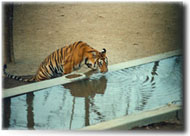



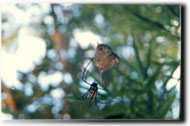
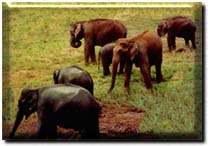
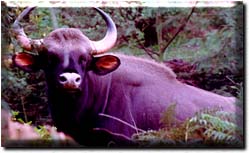
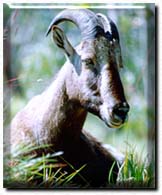
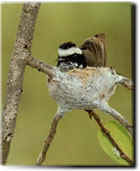

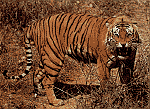
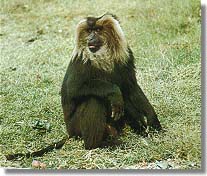

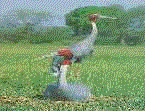
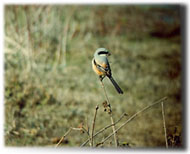

Back to top
| Home
|
 NATURE
NATURE
 NATURE
NATURE


















